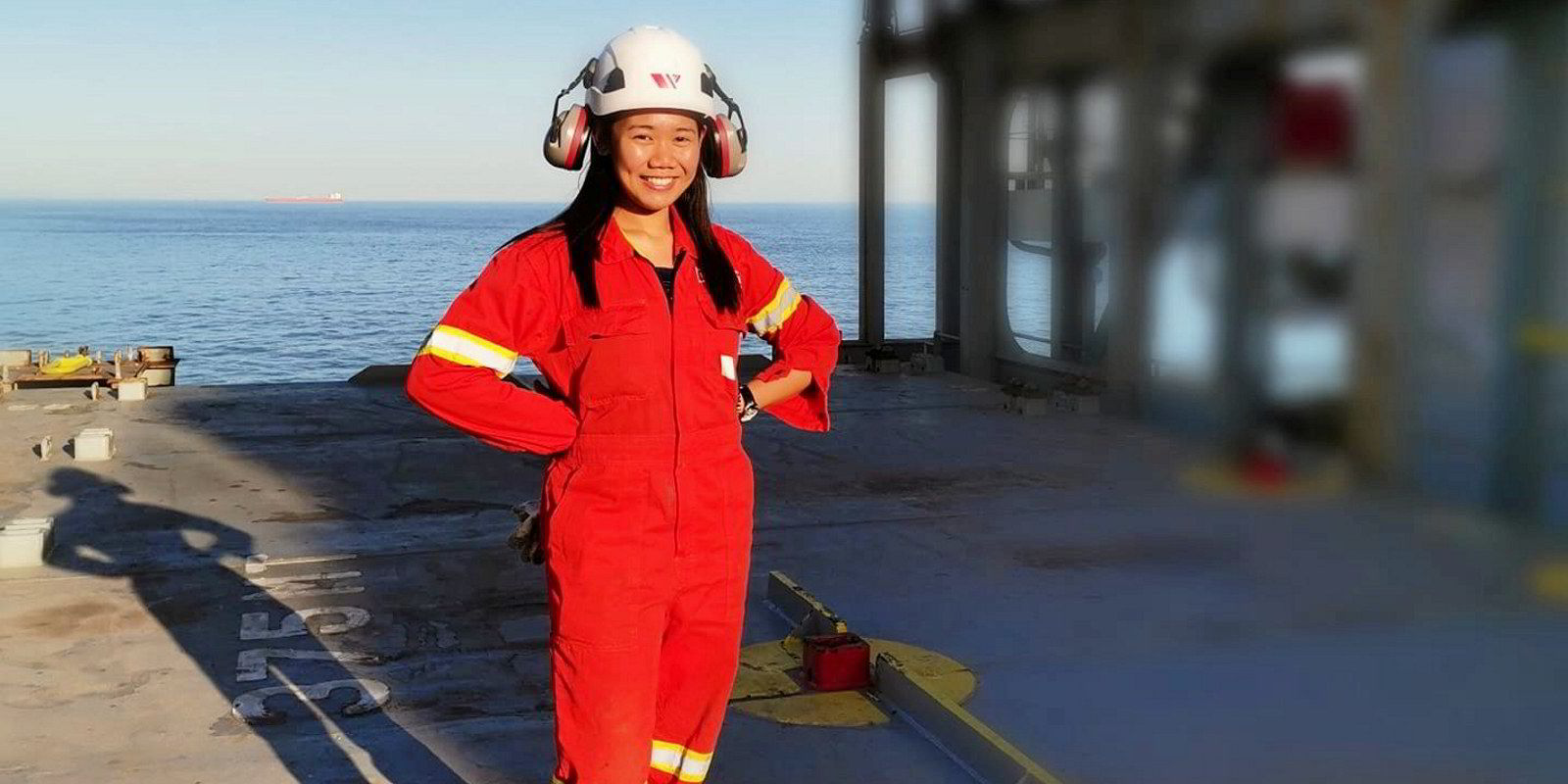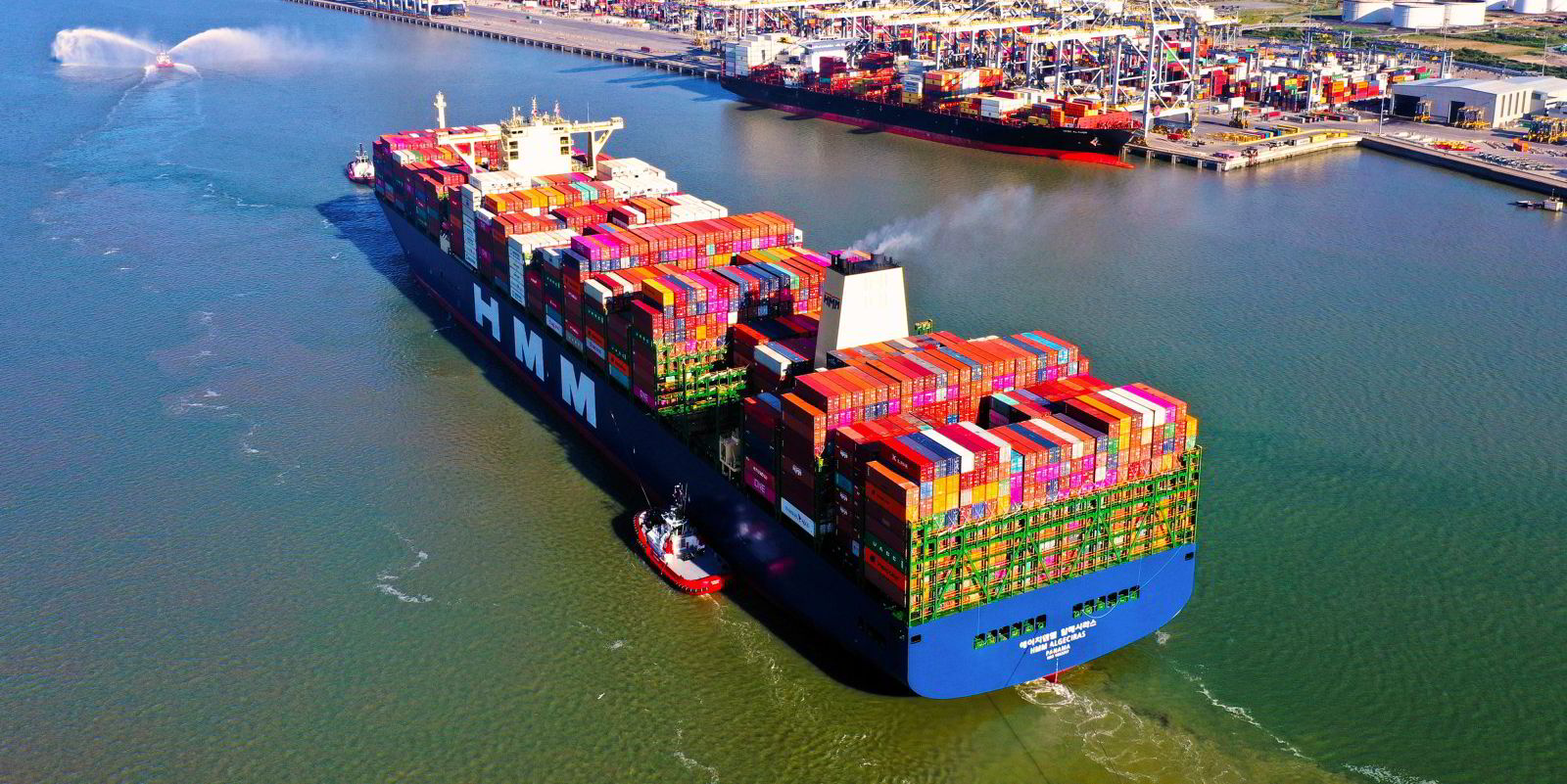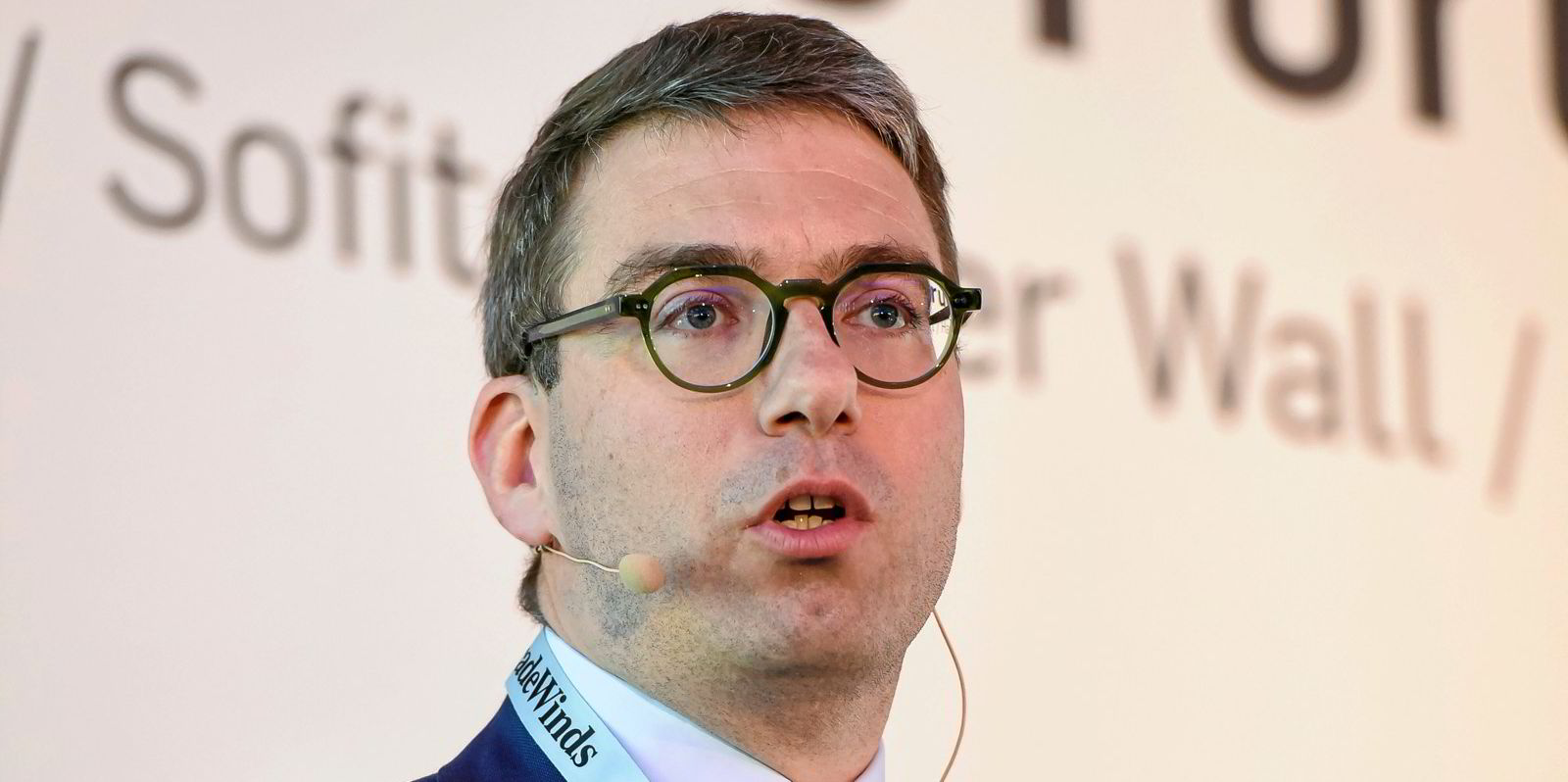Up to 20 new large ammonia carriers need to be ordered now and built every year to 2030 to meet the potential demand for transporting green fuels to meet global climate goals, a report claims.
The report — named Shipping’s Role in the Global Energy Transition — said shipping will be crucial in transporting green fuels, but there is a yawning gap between announced government-led projects and what is required.
The world needs 50m to 150m tonnes of low-carbon hydrogen by 2030 but current projects will only produce 24m tonnes by that point, said the report from the Tyndall Centre at the University of Manchester in the UK, which was released for Energy Day at the COP27 climate crisis talks in Egypt.
It added that shipping of hydrogen-carrier ammonia and bioenergy could grow to the same levels as the transport of gas and coal today, it added.
The report stated that there is a pivotal role for the shipping sector in transporting them, but production of green fuels must be scaled up, to bridge a yawning gap between current plans and what is needed to meet the Paris goals.
The sea-transport of ammonia and bioenergy in the coming decades would require around 20 large new ammonia carriers a year, it said.
Current ammonia carriers have an average size of 17,000 gt. Five vessels per year have been contracted recently.
A mid-range estimate of an additional 60m tonnes of ammonia sea trade in 2030 for a 1.5C compatible pathway would be the equivalent of 101 large vessels on Australia-Japan length routes.
The report also predicted a likely growth in the shipping of biomass and biofuels, but said uncertainty surrounds sustainable levels of bioenergy production and the countries that would see the greatest growth.
Coal shipments are forecast to fall 90% to 100% by 2050 and oil by 50% to 90% if targets of limiting warming to 1.5C are to be hit.
As green hydrogen producer countries are likely to be distant from consumer markets, transport will be necessary, either by pipeline or ship, the report said. As distances increase, shipping will be preferable.
Government hydrogen strategies should prioritise decarbonising existing consumption and sectors where there are fewer alternatives, such as shipping.
But due to shipping’s international nature, the report argued that there is a danger it will slip through the net of national strategies in terms of transport infrastructure investment.
Guy Platten, secretary general of the International Chamber of Shipping, said: “National hydrogen strategies must include an explicit focus on supporting the transport infrastructure.”
He added that industry is ready to respond but there is an urgent need for stronger market signals and investment.
New ammonia carriers should be designed to run on ammonia to gain synergies in developing bunkering infrastructure, the report said. It commended plans for green shipping corridors.
The transport cost of importing ammonia is low, adding around $100 per tonne and imported green ammonia is already potentially competitive with that produced in the European Union as the cost of renewable electricity is lower in exporting countries.
Tyndall Manchester is part of the wider Tyndall Centre for Climate Change Research — a four-university collaboration whose aim is to provide evidence to inform society’s transition to a sustainable low-carbon and climate-resilient future.
The relative significance of energy products to shipping has decreased from about 45% of seaborne trade in 2000 — during a period while the shipping industry has grown to about 36% of global seaborne trade by tonnage in 2021, said the report named Shipping’s Role in the Global Energy Transition. It cited figures from Clarksons.






